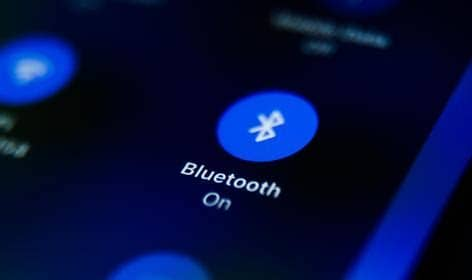BLUETOOTH TECHNOLOGY
BLUETOOTH TECHNOLOGY
Introduction to Bluetooth Technology:
- Wireless communication technology developed for short-range data exchange.
Basic
Functionality:
- Enables
devices to connect and exchange data without physical cables.
- Operates
in the 2.4 GHz frequency band.
Short-Range
Connectivity:
- Typically
effective within a range of about 30 feet (10 meters).
- Ideal
for creating Personal Area Networks (PANs).
Pairing and
Security:
- Devices
need to be paired before data exchange.
- Pairing
involves establishing a secure connection, often requiring a PIN for
authentication.
Low Power
Consumption:
- Designed
to be energy-efficient, prolonging battery life in connected devices.
- Suitable
for applications in wireless headphones, fitness trackers, and other
battery-powered gadgets.
Universal
Adoption:
- Widely
accepted standard in various electronic devices like smartphones, laptops,
speakers, and more.
- Promotes
interoperability and seamless connectivity across different manufacturers.
Evolution and
Versions:
- Various
Bluetooth versions (e.g., 4.0, 5.0) introduced over time.
- Each version brings improvements in speed, range, and efficiency.
- Facilitates
the transfer of files, audio, and control signals between connected
devices.
- Enhances
user experience in tasks such as streaming music or using wireless
peripherals.
Hands-Free
Communication:
- Commonly
used for hands-free communication in vehicles.
- Allows
users to make calls or listen to music without handling their smartphones.
IoT Integration:
- Crucial
for the Internet of Things (IoT), connecting smart devices in a seamless
ecosystem.
- Enables
communication between various IoT devices for automation and control.
Future Developments:
Ongoing advancements in Bluetooth technology, expanding its capabilities and use cases.
- Continued
relevance in the ever-growing landscape of wireless connectivity.


Comments
Post a Comment